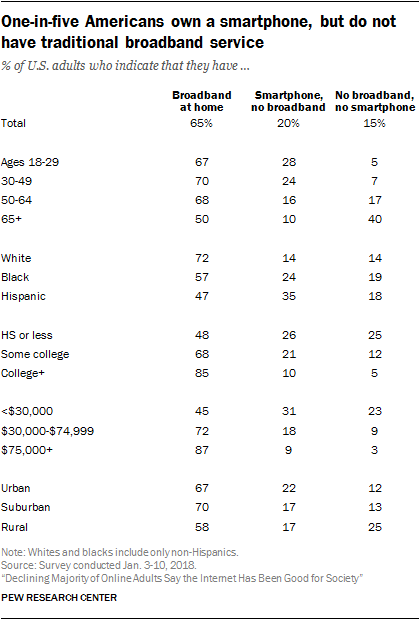Some might argue the era of bundling (triple-play and other offers) is over, and irrelevant, as customers are dropping linear video subscriptions.
The countervailing argument is that service providers are simply going to create new bundles, since the bundle itself is a hugely beneficial retail packaging tactic.
You can decide which strategy is more likely: killing bundles or changing the bundle elements.
But so long as bundling just two services can cut churn by half, or bundling four instead of three services cuts churn another 50 percent, service providers are going to bundle.
It is worth remembering that firms generally are lead by executives capable of understanding the fundamental revenue and profit drivers of their businesses, and can adapt.
One can argue that it makes no fundamental difference whether bundles are built on linear or streaming video; include mobility or not; home security or not. In the future other services are likely to become important as well.
There are gross revenue and margin issues to be addressed, but irrespective of the specific constituent contributors to consumer service bundles, bundles absolutely work, and for well-understood reasons. And that remains true, even if some products face declining demand.
In fact, it is easy to point out that bundling is an effective tactic for propping up sales of such products with lower value. In some cases, the incremental cost of adding a voice service is so low--and comes with a big enough overall discount--that buying a triple play package makes more sense than buying a dual-play package.
Bundles increase perceived value; allow service providers to offer price discounts without damaging retail price points for standalone services; reduce churn and boost marketing potential.
In the mobile business the most-recent example are offers of free streaming when customers buy top-end internet access plans. The rumored DirecTV Now service that would be free for AT&T mobile customers provides a good example.
A European mobile operator able to bundle multiple services found much-lower churn rates on accounts buying two, three or four services.
We shall see, but it is rational to argue that not even declining linear video take rates will change the strategic value of the triple play.

